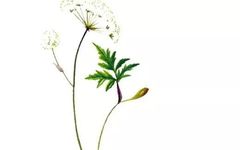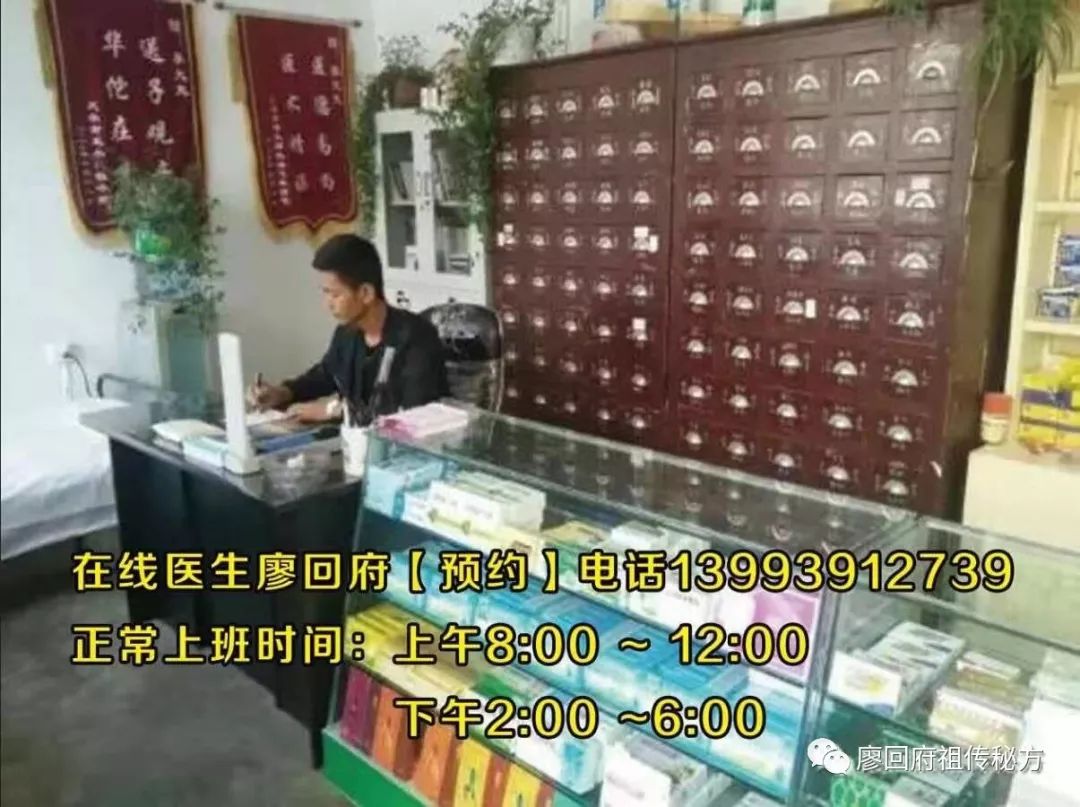
Introduction to Chuanxiong
【Common Name】Chuanxiong 【Other Names】 【Traditional Chinese Medicine Name】Chuanxiong (《汤液本草》) 【Pinyin】Chuanxiong 【English Name】RHIZOMA CHUANXIONG 【Synonyms】Shanjuqiong (《左传》), Xiongruan (《本经》), Xiangguo (《吴普本草》), Huliang (《别录》), Maxianxiongruan (Tao Hongjing), Quenaoxiong, Jingxiong (《本草图经》), Guanxiong (《珍珠囊》), Fuxiong (《丹溪心法》), Taixiong (《本草蒙筌》), Xixiong (《纲目》). 【Source】The rhizome of the plant Chuanxiong from the Umbelliferae family. 【Plant Morphology】Chuanxiong is a perennial herb. The underground rhizome is irregularly tuberous and bulbous. The stem is erect, cylindrical, hollow, with longitudinal grooves on the surface. The leaves are alternate, 2-3 times pinnately compound, with 3-5 pairs of leaflets, the margins irregularly lobed or deeply lobed, the lobes tapering to a point, glabrous on both sides except for short soft hairs on the veins; the petiole is 9-17 cm long, sheathing the stem at the base. The compound umbel inflorescence is borne at the tips of branches, with short soft hairs; the involucral bracts and the small involucral bracts are linear; the flowers are small and white; there are 5 linear sepals with short soft hairs; 5 petals that are oval, with entire margins and a short pointed protrusion in the center, bending inward; there are 5 stamens alternating with the petals, the anthers are oval, bilocular, longitudinally dehiscent, and the filaments are soft and extend beyond the petals; the ovary is inferior, bilocular, with 2 styles. The double-winged fruit is oval. Distributed in Sichuan, Guizhou, and Yunnan, mostly cultivated. The young leaves of this plant (Miw) are also used medicinally, detailed in a separate section.

【Medicinal Material】 The rhizome is irregularly tuberous and bulbous, 4-8 cm long, 4-6 cm in diameter. The surface is deep yellow-brown, with prominent nodular undulations, many round or oval stem scars on the upper side, 5-15 mm in diameter, forming depressions, and numerous root scars on the lower side and nodes, forming small tuberous protrusions. The texture is solid, the cross-section is yellowish, with a distinct ring of cambium, scattered with small yellow oil spots. It has a distinctive fragrant aroma and is bitter. Mainly produced in Sichuan (Guangxian, Chongqing). Also produced in Yunnan, known as “Yunxiong”. 【Processing】 Chuanxiong: Remove impurities, separate large and small pieces, soak in water, dry in the sun, moisten, then slice and dry. Wine Chuanxiong: Take Chuanxiong slices and spray evenly with yellow wine, slightly moisten, stir-fry in a pot until slightly charred, then cool (for every 100 jin of Chuanxiong slices, use 12 jin 8 liang of yellow wine). The efficacy and functions of Chuanxiong 【Main Functions and Indications】 Regulates Qi and relieves stagnation, dispels wind and dries dampness, invigorates blood and alleviates pain. Treats wind-cold headaches, dizziness, lateral pain, abdominal pain, cold bi syndrome, menstrual disorders, difficult labor, postpartum stasis and pain, carbuncles and sores. Used for irregular menstruation, dysmenorrhea, abdominal pain, stabbing pain in the chest and flanks, swelling and pain from falls, headaches, and rheumatic pain. ①《本经》: “Mainly for wind stroke entering the brain causing headaches, cold bi, muscle spasms, traumatic injuries, and women’s blood stasis leading to infertility.” ②《别录》: “Eliminates cold movement in the brain, wind on the face, excessive tears, sudden dizziness, various cold conditions, abdominal pain, sudden swelling and pain, lateral wind pain, warms the middle and dispels internal cold.” ③ Tao Hongjing: “For bleeding from the gums, hold it in the mouth for healing.” ④《药性论》: “Treats weakness in the waist and legs, hemiplegia, and retained placenta, alleviates internal cold pain.” ⑤《日华子本草》: “Treats all types of wind, all types of Qi, all types of labor damage, all types of blood issues, nourishes the five types of labor, strengthens muscles and bones, regulates various meridians, breaks up blood stasis, nourishes new blood, promotes flesh growth, nasal bleeding, hemoptysis, hematuria, hemorrhoids, carbuncles, and sores, and expels pus and resolves blood stasis.” ⑥《医学启源》: “Nourishes blood, treats blood deficiency headaches.” ⑦ Wang Haogu: “Regulates liver Qi, nourishes liver blood, moistens dry liver, and supplements wind deficiency.” ⑧《纲目》: “Dries dampness, stops diarrhea, and regulates Qi and relieves stagnation.”
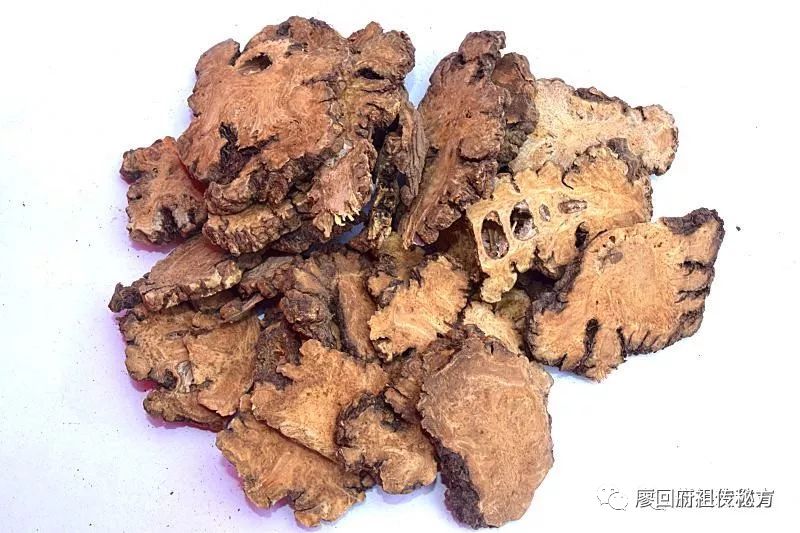
Dosage and Administration of Chuanxiong
【Dosage and Administration】Internal use: decoction, 1-2 qian; or in pills or powders, external use: ground into powder for sprinkling or for topical application. Precautions for Chuanxiong 【Cautions】】 Those with Yin deficiency and excess fire, those with excess above and deficiency below, and those with weak Qi should avoid it. ①《本草经集注》: “Bai Zhi is an assistant. Avoid Huanglian.” ②《品汇精要》: “Long-term use disperses true Qi.” ③《本草蒙筌》: “Avoid Huangqi, Shanzhu, and Langdu. Fear Nitrate and Talc, Huanglian. Antagonizes Li Lu.” ④《本草经疏》: “For patients with excess above and deficiency below, fiery Yang rising, vomiting, coughing, spontaneous sweating, easy sweating, night sweating, dry throat, dry mouth, fever with thirst and irritability, should avoid it.” ⑤《本草从新》: “Not suitable for Qi rising with phlegm and wheezing.” ⑥《得配本草》: “For severe fire fullness, spleen deficiency with little food, and fire-accumulated headaches, it is contraindicated.” Selected Formulas for Chuanxiong【Selected Formulas】 ① For various wind attacks, heavy head and eyes, unilateral and bilateral headaches, nasal congestion, heavy voice, wind-cold with fever, body aches, muscle twitching, heat phlegm accumulation, women’s blood wind attacks, temple pain, and wind Qi: 8 liang of mint leaves (not heated), 4 liang each of Chuanxiong and Jingjie (remove stems), 8 liang of Xiangfu (stir-fried) (another source uses 1 liang of Xixin without the bulb), 1.5 liang of Fangfeng (remove stems), 2 liang each of Bai Zhi, Qianghuo, and Gan Cao (stir-fried); grind the above herbs into a fine powder, take 1 qian after meals with warm tea, and take regularly for clear head and eyes. (《局方》Chuanxiong Tea Powder) ② For unilateral headaches: finely chop Jingxiong, soak in wine and take. (《斗门方》) ③ For wind-cold dizziness, sudden dizziness, external invasion of Yang Qi, wind-cold clash, phlegm accumulation in the stomach, unilateral and bilateral headaches, and body fatigue: 1 jin of Chuanxiong, 4 liang of Tianma. Grind into powder, mix with honey to form pills, 10 pills per 2 liang. Take 1 pill, chew well, and take with tea or wine after meals. (《宣明论方》Chuanxiong Pills) ④ For wind-heat headaches: 1 qian of Chuanxiong, 2 qian of tea leaves. Boil with 1 cup of water for 5 minutes, take hot before meals. (《简便单方》) ⑤ For abdominal pain during pregnancy (placental obstruction): 2 liang of Chuanxiong, 2 liang of Ejiao, 2 liang of Gan Cao, 3 liang of Ai Ye, 3 liang of Danggui, 4 liang of Shaoyao, and 6 liang of Dandi Huang. Combine the seven herbs with 5 sheng of water and 3 sheng of clear wine, boil to obtain 3 sheng, remove the dregs, add the gelatin until dissolved, and take 1 sheng warm, three times a day, if not healed, make again. (《金匮要略》Gelatin Ai Decoction) ⑥ For women in pregnancy 5-7 months, if there is a bump on the abdomen or if the fetus dies in utero, and there is continuous pain, use this medicine to probe; if there is no damage, the pain will stop, and both mother and child will be safe; if the fetus is damaged, it will be expelled immediately: 6 liang of Danggui (wash, remove, cut, dry), 4 liang of Chuanxiong (wash). Grind into coarse powder, take 2 qian with a small cup of water, boil until dry, add a large cup of wine, boil once, remove the dregs, take warm, and if the person walks 5-7 li, take again, no more than three doses will suffice for delivery. (《本事方》Buddha Hand Song) ⑦ For postpartum blood dizziness: 1 liang of Danggui, 5 qian of Chuanxiong, and 2 qian of Jingjie (stir-fried black). Boil in water to take. (《奇方类编》) ⑧ For postpartum abdominal pain: 1 liang each of Chuanxiong (wash, chop), Guixin (not heated, chop), Muxiang (chop, dry), Danggui (remove the bulbous roots, wash, chop, dry), and Taoren (remove skin, tips, and double kernels, stir-fried yellow). Grind into fine powder. Take 1 qian with hot wine, if unwilling to drink wine, use 1 cup of water, 2 qian of powdered medicine, boil to 7 parts, take warm. (《卫生家宝方》Chuanxiong Powder) ⑨ For postpartum stasis pain: 8 qian of Danggui, 3 qian of Chuanxiong, 14 pieces of Taoren (remove skin, tips, grind), 5 fen of black ginger, and 5 fen of stir-fried licorice. Boil with equal parts of yellow wine and children’s urine. (《傅青主男女科》Shenghua Decoction) ⑩ For children’s brain heat, favoring closed eyes, pain in the temples or red swollen eyes: 2 qian each of Chuanxiong, mint, and Puxiao, grind into powder, and blow a small amount into the nose. (《全幼心鉴》)
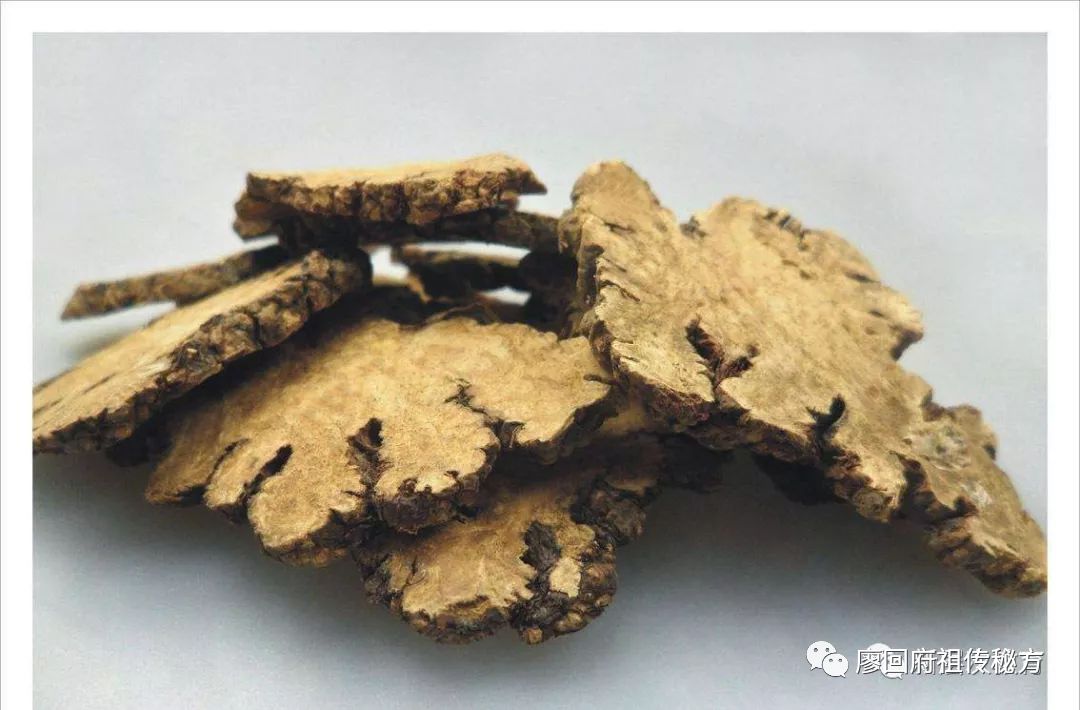
Clinical Applications
For treating angina pectoris, take equal parts of Chuanxiong and Honghua, make into tablets (each 12 tablets containing 5 qian of each herb), take 4 tablets, 3 times a day. A treatment course of 4-6 weeks. In a study of 84 cases (including 10 cases that added Gegen flavonoid tablets, 20 mg 3 times a day after 2 weeks; 2 cases added Myrrh tablets), results showed significant effects in 9 cases, improvement in 57 cases, basic ineffectiveness in 17 cases, and worsening in 1 case. It was observed that the severity of the condition did not correlate significantly with efficacy; those who added Gegen flavonoids and Myrrh tablets did not see improved efficacy; the impact on blood lipids was minimal. Among 60 patients who had previously taken nitroglycerin, 20 stopped during treatment, and 15 reduced their dosage, with some cases showing improvement in ECG readings.
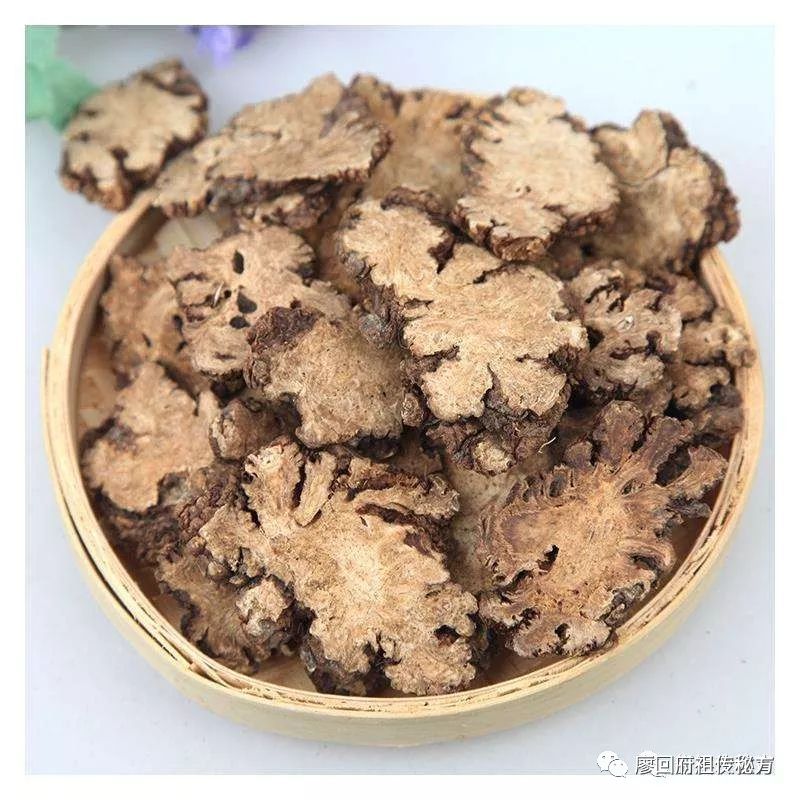

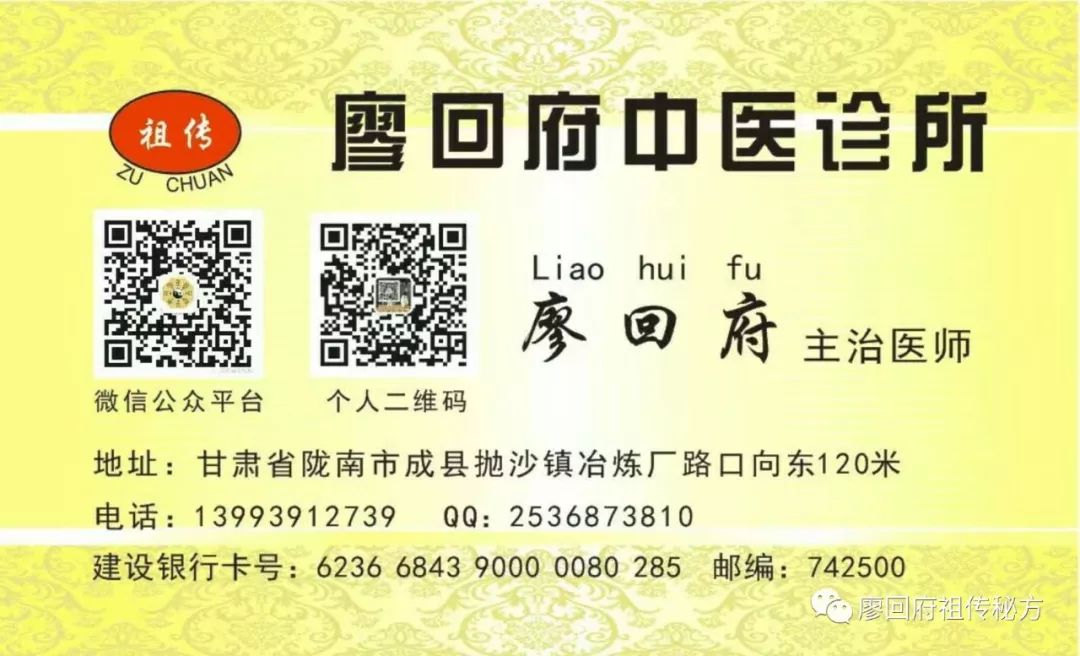
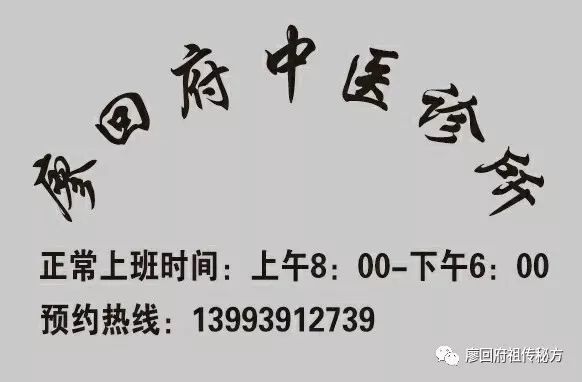


The highest realm of Traditional Chinese Medicine: There is no fixed method, no disease that cannot be treated, no constant form of illness, no constant prescription, no constant medicine; medicine is dead, but people are alive. As long as those who study medicine learn to apply it flexibly, they can comprehend the wonderful uses of Traditional Chinese Medicine!
Follow the QR code for health, caring for health, and loving oneself.

